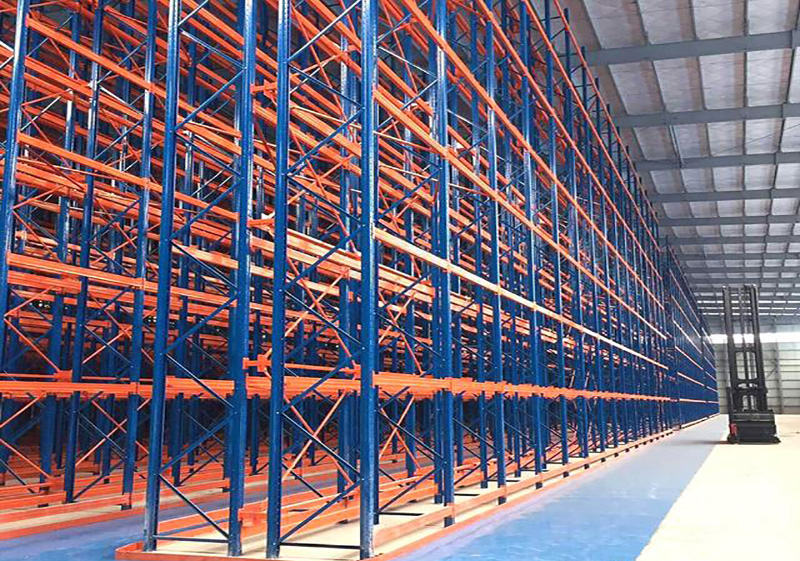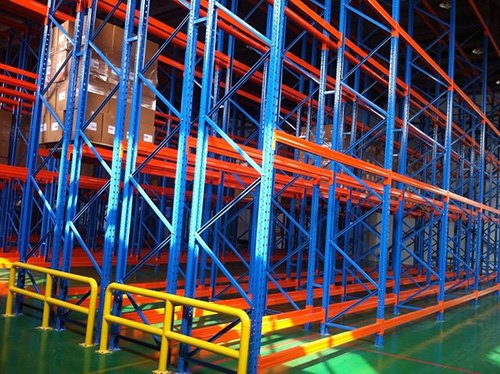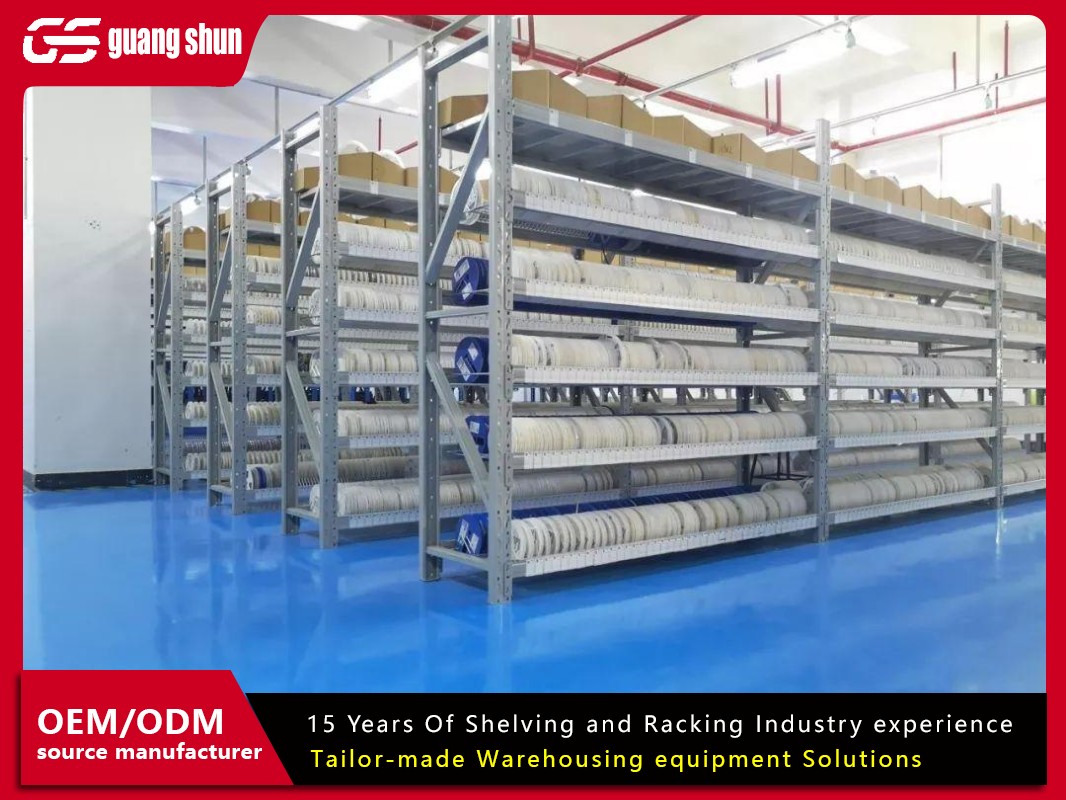Have you ever stared at a growing to-do list, feeling overwhelmed by tasks you keep putting off? You’re not alone—many people struggle with procrastination and disorganization, leading to stress and missed opportunities. That’s where the concept of a delay postpone shelf comes into play. Imagine a system that helps you intentionally delay or postpone less critical tasks without guilt, while keeping your priorities in check. In this article, we’ll dive into the delay postpone shelf, exploring its fundamentals, benefits, and practical applications. Whether you’re a busy professional, a student, or someone seeking better time management, understanding the delay postpone shelf can transform how you handle deadlines and responsibilities. Let’s uncover how this approach can bring clarity and efficiency to your daily life, starting with its core definition.

What Is a Delay Postpone Shelf?
The delay postpone shelf is a metaphorical or physical system designed to manage tasks, ideas, or items that don’t require immediate attention. Instead of cluttering your mind or workspace with every pending activity, you "shelf" them temporarily, allowing you to focus on what matters most. Think of it as a strategic pause button—you’re not abandoning tasks but scheduling them for a later time when resources or motivation are better aligned. This concept integrates principles from productivity methods like the Eisenhower Matrix, where tasks are categorized by urgency and importance. By implementing a delay postpone shelf, you create a structured way to handle postponements, reducing anxiety and improving decision-making. For instance, in project management, a delay postpone shelf can serve as a backlog for low-priority items, ensuring they’re revisited during reviews. In personal life, it might be a digital folder or a physical notebook where you jot down ideas for future exploration. The key is that the delay postpone shelf isn’t about avoidance; it’s about mindful deferral to enhance overall efficiency. As we delve deeper, you’ll see how this simple yet powerful tool can adapt to various scenarios, making it a cornerstone of effective planning.
The Psychology Behind Using a Delay Postpone Shelf
Understanding why we delay or postpone tasks is crucial to appreciating the value of a delay postpone shelf. Psychologically, procrastination often stems from fear of failure, perfectionism, or lack of motivation. When tasks pile up, the brain can enter a state of overwhelm, leading to indecision and inaction. A delay postpone shelf addresses this by providing a clear framework for deferral, which reduces cognitive load and emotional stress. Research in behavioral science shows that having a designated "holding area" for non-urgent tasks can boost focus on immediate goals, as it minimizes distractions. For example, by placing a task on the delay postpone shelf, you acknowledge its existence without letting it hijack your attention. This practice aligns with the Zeigarnik Effect, which suggests that people remember uncompleted tasks better than completed ones, but a structured shelf system helps close that mental loop. Moreover, the delay postpone shelf encourages intentional postponement, which is different from passive procrastination. It empowers you to make conscious choices about when to act, fostering a sense of control and reducing guilt. In workplaces, teams that use a delay postpone shelf report higher morale and fewer burnout cases, as it promotes realistic workload management. By tapping into these psychological insights, the delay postpone shelf becomes more than just a tool—it’s a mindset shift toward sustainable productivity.
How to Implement a Delay Postpone Shelf in Your Daily Routine
Setting up a delay postpone shelf is straightforward and customizable to your needs. Start by defining what types of tasks or items belong on the shelf—typically, these are low-priority activities, creative ideas, or administrative duties that can wait. You can choose a digital approach, such as using apps like Trello or Asana to create a "Shelf" column, or a physical one, like a labeled box or notebook. The first step is to list all pending tasks and categorize them based on urgency; anything that isn’t critical goes onto the delay postpone shelf. Next, establish a review schedule—perhaps weekly or monthly—to reassess shelved items and decide if they should be activated, delegated, or discarded. This prevents the delay postpone shelf from becoming a black hole for forgotten tasks. For instance, in a home setting, you might use a delay postpone shelf for household projects like organizing photos, scheduling them for a rainy day. In business, it could involve postponing non-essential meetings until quarterly reviews. Remember, the goal is flexibility; adjust the system as your priorities change. Incorporating the delay postpone shelf into routines like morning planning or evening reflections can make it a habit, ensuring you consistently manage postponements without stress. Over time, this implementation will streamline your workflow, making the delay postpone shelf an integral part of your productivity toolkit.
Benefits of Integrating a Delay Postpone Shelf
Adopting a delay postpone shelf offers numerous advantages that extend beyond mere task management. Firstly, it enhances focus by clearing mental clutter—when you know less important tasks are safely shelved, you can concentrate on high-impact activities without distraction. This leads to improved productivity and faster completion of priority items. Secondly, the delay postpone shelf reduces decision fatigue. By having a predefined system for postponements, you avoid constant reevaluation of what to do next, saving mental energy for creative or complex tasks. Thirdly, it fosters better time management. For example, in educational settings, students can use a delay postpone shelf to defer extracurricular research until after exams, ensuring academic goals aren’t compromised. Fourthly, this approach encourages strategic thinking. Regularly reviewing the delay postpone shelf helps you identify patterns in what you postpone, allowing you to address underlying issues like skill gaps or resource constraints. Fifthly, it promotes work-life balance. By shelving personal tasks during work hours and vice versa, you create boundaries that prevent overwhelm. In team environments, a shared delay postpone shelf can improve collaboration, as everyone aligns on what’s deferred and why. Overall, the delay postpone shelf isn’t just about delaying tasks—it’s about doing so intelligently to achieve long-term goals with less stress.

Common Challenges and Solutions with a Delay Postpone Shelf
While the delay postpone shelf is highly effective, users may encounter obstacles that hinder its success. One common challenge is over-shelving, where too many tasks are postponed, leading to a backlog that feels unmanageable. To avoid this, set limits—for instance, cap the number of items on the delay postpone shelf and prioritize them during reviews. Another issue is forgetting to review shelved items, which can render the system useless. Solve this by setting reminders or integrating the review into existing routines, like weekly planning sessions. Additionally, some people might misuse the delay postpone shelf for avoidance rather than strategic deferral. Education is key here; emphasize that the delay postpone shelf is for non-urgent tasks only, and pair it with accountability tools like progress tracking. In digital implementations, technical glitches or app complexity can be a barrier. Opt for user-friendly platforms and backup your delay postpone shelf regularly. Lastly, resistance to change might arise in organizational settings. Address this by demonstrating the delay postpone shelf’s benefits through success stories and training. By anticipating these challenges and applying practical solutions, you can ensure your delay postpone shelf remains a reliable asset rather than a source of frustration.
Real-World Applications of the Delay Postpone Shelf
The delay postpone shelf isn’t just a theoretical concept—it has versatile applications across various domains. In personal finance, you might use a delay postpone shelf for non-essential purchases, reviewing them monthly to avoid impulse spending. In creative work, writers and artists can shelf half-baked ideas until inspiration strikes, preventing creative blocks. In healthcare, professionals might employ a delay postpone shelf for administrative tasks, allowing them to focus on patient care during busy shifts. Education is another area where the delay postpone shelf shines; teachers can postpone lesson plan revisions until breaks, ensuring daily teaching isn’t disrupted. Even in event planning, a delay postpone shelf helps manage vendor follow-ups or decor ideas that aren’t time-sensitive. These examples show how the delay postpone shelf adapts to different contexts, providing a universal framework for managing postponements. By tailoring it to your specific needs, you can harness its power to achieve more with less effort, making the delay postpone shelf a go-to strategy in any scenario.
Future Trends and Evolutions of the Delay Postpone Shelf
As technology and work cultures evolve, the delay postpone shelf is poised to become even more integrated into daily life. With the rise of AI and automation, we might see smart delay postpone shelves that use algorithms to suggest optimal times for revisiting tasks based on your habits and goals. Virtual assistants could manage your delay postpone shelf, sending nudges when it’s time to act. In remote work environments, collaborative delay postpone shelves might become standard in project management software, enhancing team coordination across time zones. Additionally, as mental health awareness grows, the delay postpone shelf could be incorporated into wellness apps to help users manage stress through structured postponement. The future might also bring gamified versions, where earning rewards for effectively using the delay postpone shelf motivates consistent use. By staying ahead of these trends, you can leverage the delay postpone shelf to navigate an increasingly fast-paced world, ensuring it remains a relevant and powerful tool for years to come.
In summary, the delay postpone shelf is a dynamic approach to managing life’s inevitable delays and postponements. From its psychological roots to practical implementations, it offers a pathway to greater productivity and peace of mind. By embracing this concept, you’re not just shelving tasks—you’re crafting a smarter, more intentional way to live and work. Start building your delay postpone shelf today and experience the transformation firsthand.
Frequently Asked Questions About the Delay Postpone Shelf
Q1: What exactly is a delay postpone shelf, and how does it differ from a to-do list?
A1: A delay postpone shelf is a dedicated system for temporarily setting aside non-urgent tasks or ideas, whereas a to-do list typically includes all pending activities without a structured deferral mechanism. The delay postpone shelf focuses on intentional postponement to reduce clutter and improve focus, while a to-do list might mix urgent and non-urgent items, leading to overwhelm.
Q2: Can using a delay postpone shelf lead to increased procrastination?
A2: Not if implemented correctly. The delay postpone shelf is designed for strategic deferral, not avoidance. By setting regular review schedules and limits on shelved items, you ensure tasks are eventually addressed. It actually combats procrastination by providing a clear plan for handling delays, reducing the guilt and stress associated with putting things off.
Q3: How often should I review the items on my delay postpone shelf?
A3: It depends on your needs, but a weekly or monthly review is generally effective. This allows you to reassess shelved tasks, activate those that have become urgent, and discard ones that are no longer relevant. Adjust the frequency based on your workflow—for instance, in fast-paced environments, a weekly review might be necessary to stay on top of changes.
Q4: Is the delay postpone shelf suitable for team or collaborative projects?
A4: Absolutely. A shared delay postpone shelf can enhance team productivity by providing a transparent way to manage deferred tasks. Teams can use project management tools to create a collective shelf, regularly reviewing it during meetings to align priorities and redistribute workloads. This fosters collaboration and ensures everyone understands what’s been postponed and why.
Q5: What are some simple tools to start a delay postpone shelf for beginners?
A5: Beginners can use basic tools like a physical notebook, a whiteboard, or digital apps such as Google Keep or Microsoft OneNote. These options are easy to set up and require minimal learning curve. Start by listing a few non-urgent tasks, scheduling a review, and gradually refining the system as you become more comfortable with the delay postpone shelf concept.







